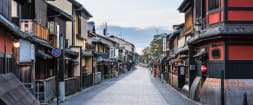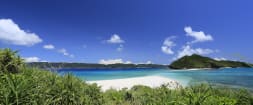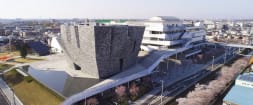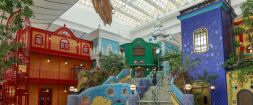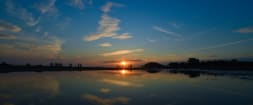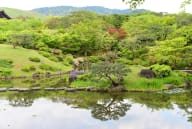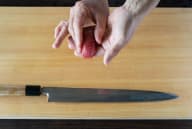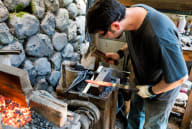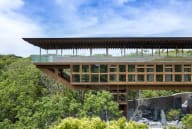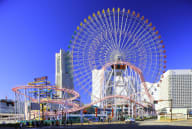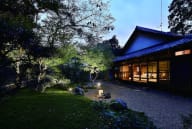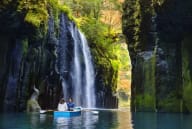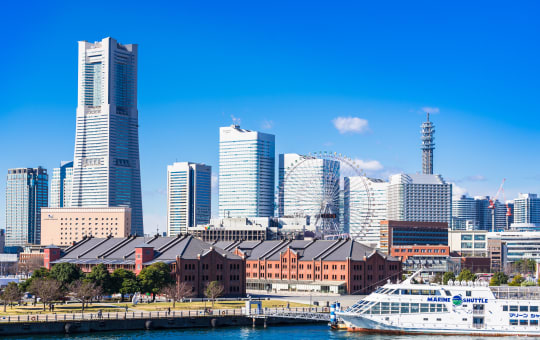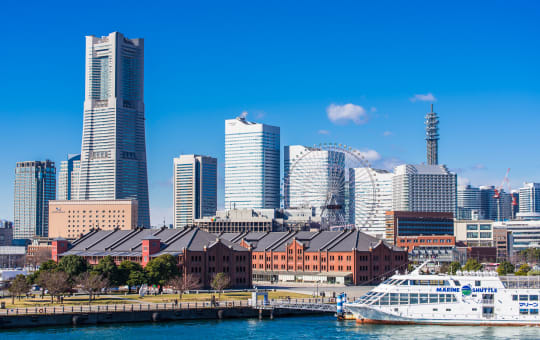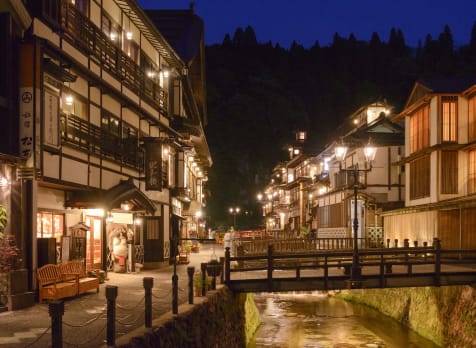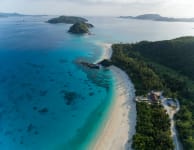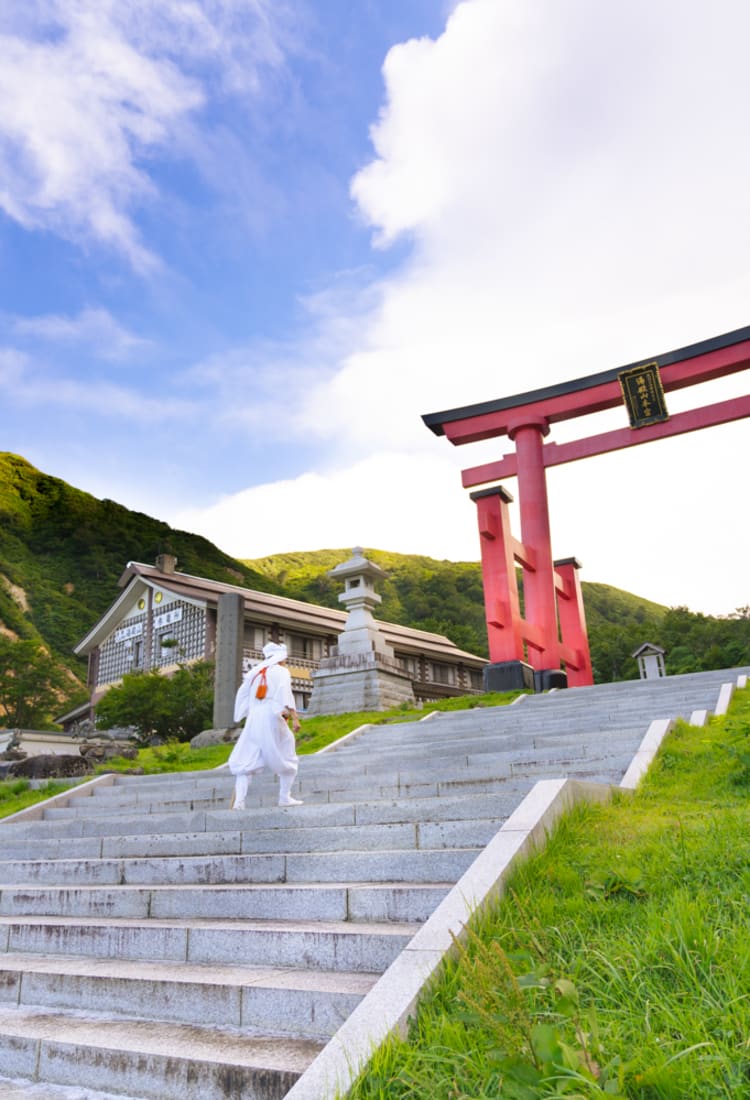

ياماغاتا شوناي تسلق القمم المقدسة الثلاث، والتقِ بفتيات الغيشا المتدربات
تسلق القمم المقدسة الثلاث، والتقِ بفتيات الغيشا المتدربات
تقع منطقة شوناي في السهول الشاسعة القريبة من بحر اليابان، بين البحر والجبال، ويتميز هذا الجزء من مقاطعة ياماغاتا بانتشار الأرز والجبال المقدسة والتقاليد العريقة.
تقدم مدينتي تسوروكا وساكاتا أماكن يمكنك ممارسة التأمل الروحي فيها؛ تضم القمم المقدسة الثلاث التي تعبر عن مراحل الحياة، ورحلة نهرية عبر الممر المائي بين الجبال، وفن استثنائي، وتجارب ثقافية.
أنشطة ومعالم رائعة
- متحف كامو أكواريوم وقناديل البحر ذات الألوان الزاهية
- فنون فتيات الغيشا الاستعراضية في سومارو مايكو تي-هاوس
كيفية الوصول
يمكنك الوصول إلى مدينتي تسوروكا وساكاتا بالقطار أو الحافلة أو الطائرة.
للذهاب إلى مدينة تسوروكا، استقل قطار جيه أر جوتسو شينكانسن من العاصمة طوكيو إلى مدينة نيغاتاK ثم اركب على متن قطار إيناهو السريع محدود المحطات من مدينة نيغاتا إلى مدينة تسوروكا.
تقدم خطوط أول نيبون الجوية رحلات مدتها ساعة واحدة بين مطار هانيدا بالعاصمة طوكيو ومطار مدينة شوناي. وتربط الحافلات بين مطار مدينة شوناي ومركز مدينتي تسوروكا وساكاتا. وتعمل شركة شوناي كوتسو على تسيير حافلة تقطع الطريق بين حي شينجوكو ومدينة ساكاتا مرورًا بالعاصمة طوكيو، ثم منطقة أكيهابارا، ثم منطقة أوينو، ثم مدينة تسوروكا خلال ثماني ساعات طوال الليل.
التنزه عبر الجبال المرتبطة بالحياة والموت والبعث
من أكثر بقاع اليابان قدسية، ديوا سانزان ، وتشمل ثلاثة جبال مقدسة يحمل كل منها ضريحًا على قمته. وتحمل الجبال الثلاثة خليطًا من المعتقدات البوذية ومعتقدات الشنتو. ويمثل جبل هاغورو الحاضر ويمثل جبل غاسان، الأطول، الماضي في حين يمثل جبل يودونو المستقبل.
وأقلها ارتفاعًا هو جبل هاغورو، ويمكنك الوصول إليه على مدار العام، حتى أثناء الشتاء عندما تتساقط الثلوج الكثيفة على الإقليم. إنها بقعة مثالية لتجد السلام والسكينة بينما تتجول في الغابة بين أشجار الأرز التي يتراوح عمرها بين 350 و600 عام. حيث المعبد البوذي ذو الطوابق الخمسة والمُدرَج ضمن قائمة الكنوز الوطنية، والضريح المغطى بسقف القش الأكثر سماكة في اليابان.

يمكنك أن تشاهد تدريب رهبان الجبال أثناء النسك عند جبل يودونو، حيث يتشحون بلباس ديني كامل البياض يدعى شيروــشوزوكو ويتشاركون في التطهُّر من الشلال ويسيرون على الفحم الساخن.
هدئ أعصابك في متحف كامو أكواريوم
يقع متحف كامو أكواريوم داخل مدينة تسوروكا ويحوي العديد من الكائنات البحرية كالقروش والسلطعون وأسود البحر وغيرها. لكن أهم ما يحتويه هو المجموعة شديدة التنوع من قناديل البحر، والتي كانت سببًا في إدراج كامو ضمن موسوعة غينيس للأرقام القياسية العالمية.
حيث يوجد ما يزيد عن 60 نوعًا من قناديل البحر، معروضة في أحواض ذات إضاءة خلفية مما يخلق منظرًا رائعًا وخلابًا. حتى أنهم يقدمون هنا آيس كريم قناديل البحر، إذا كنت تشتهي شيئا مختلفًا.
لمحة من التقاليد اليابانية في بيت شاي سومارو مايكو
يعكس بيت شاي سومارو مايكو فخامة وأجواء الوقت الذي استضافت فيه مدينة ساكاتا البحارة والتجار المسافرين بين مقاطعة ياماغاتا ومدينة كيوتو. حيث يوفر تجربة يابانية تقليدية للغاية من خلال عروض فتيات الغيشا المتدربة، والتي ستغني وترقص لك بينما تستمع أنت بشرب الشاي الأخضر وتناول الواغاشي، وهو حلوى يابانية.
استمتع بمشروب الساكي الحاصد للجوائز
يجب أن تتوقف عند منطقة صناعة الساكي في أوياما في مدينة تسوروكا، حيث يوجد أربعة من مصانع الساكي الحاصلة على جوائز. تذوق الساكي مجانًا في مهرجان أوياما للساكي ومصانع الجعة الجديد في أوائل شهر فبراير/شباط، والذي يحتفل بإنتاج آخر دفعة من الشراب في المصنع.
التاريخ والثقافة والحدائق ذات المناظر الخلابة
يعد متحف هونما، الواقع في فيلا قديمة، أول معرض فني في اليابان بعد الحرب. يمكنك الاستمتاع بالشاي الأخضر الياباني في بيئة يابانية تقليدية ومشاهدة الفن المعاصر والتقليدي على حد سواء.
صُنِّفَت حديقة المتحف الطبيعية الجميلة مع جبل تشوكاي رائع الجمال في الخلفية ضمن قائمة المواقع الوطنية ذات الجمال الخلاب بسبب الانسجام المرئي بين المباني والطبيعة.
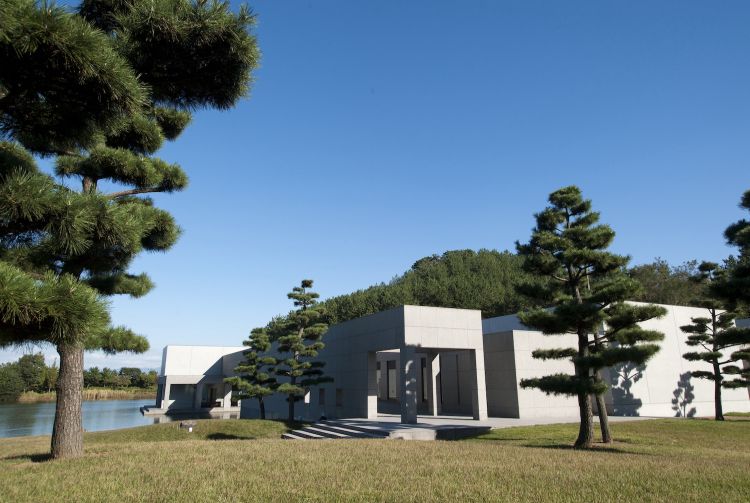
توقف أيضًا عند متحف كين دومون للتصوير الفوتوغرافي ، والذي يعرض حوالي 70 ألف صورة لمصور شهير المعروف بتصويره الفوتوغرافي الملهم بعد الحرب.
ستجد بالقرب من مدينة يوزا مزارًا طبيعيًا آخر معروف باسم بركة مارو. وتشتهر البركة بمياهها الصافية ذات اللون الأخضر الزمردي المتوهج.


حراس الصخرة وغروب الشمس الرائع في موقع جوروكو راكين إيوا
جوروكو راكان إيوا (منحوتات بوذية) في بلدة يوزا عبارة عن مجموعة من 22 صورة حجرية بوذية مخصصة لمن فُقدوا في البحر. وقد نقشها نحاتون محليون على نتوء صخري ساحلي منذ 150 عامًا بطلب من أحد الرهبان المحليين. ينظر الرهبان عبر البحر ويتمنون لبحارة وصيادي شمال اليابان مالاً وفيرًا ورحلات آمنة.
ويمكنك أيضا مشاهدة جزيرة توبيشيما على بُعد 40 كيلومترًا، وذلك في الأيام التي يكون بها الجو صافيًا. وهي أيضًا أحد أفضل البقاع بالمقاطعة والتي يمكنك الاستمتاع فيها بغروب الشمس فوق بحر اليابان.











